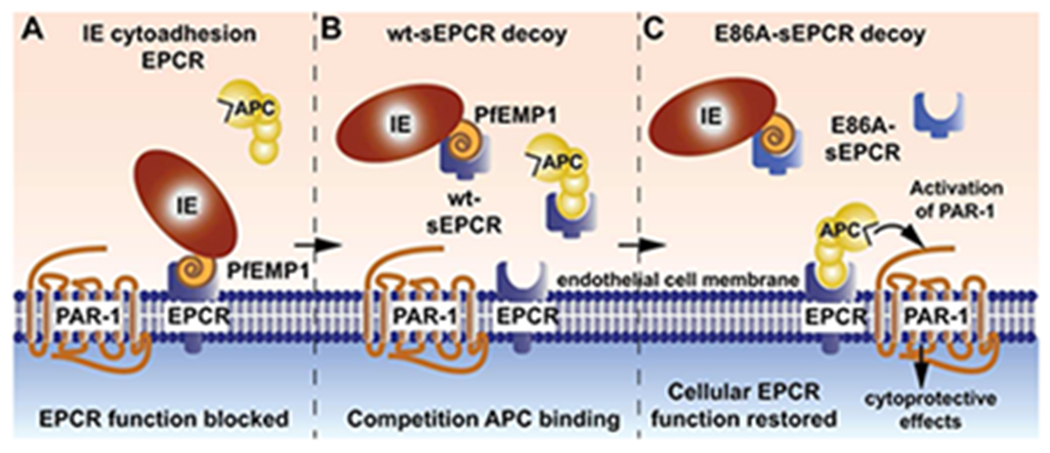Figure 6. Schematic model of acquired PC system deficiency due to IE binding to EPCR and restoration of cellular EPCR function by E86A-sEPCR.

A) Binding of the CIDRα1 domain of PfEMP1 to EPCR prevents the interaction of PC and APC with EPCR resulting in a loss of cellular EPCR function. The inability of EPCR to promote protein C activation to generate APC (not shown) and to facilitate APC-mediated PAR1 activation to induce cytoprotective activities causes an acquired functional PC system deficiency. B) Although wt-sEPCR binds the CIDRα1 domain of PfEMP1 with high affinity and increased endogenous sEPCR levels have been implicated to protect against severe symptoms of P. falciparum infection, the competition of wt-sEPCR at high concentrations with APC binding to cellular EPCR may counteract the intended restoration PC and APC binding to cellular EPCR. C) The non-(A)PC binding sEPCR variant, E86A-sEPCR, overcomes the limitation of wt-sEPCR and provides a viable decoy strategy for PfEMP1 to enable cellular EPCR functions. Consequently, E86A-sEPCR prevents binding of the CIDRα1 domain of PfEMP1 to cellular EPCR and allows cellular EPCR function to promote protein C activation and to facilitate APC-mediated PAR1 activation to induce cytoprotective activities without competition for APC binding to cellular EPCR.
